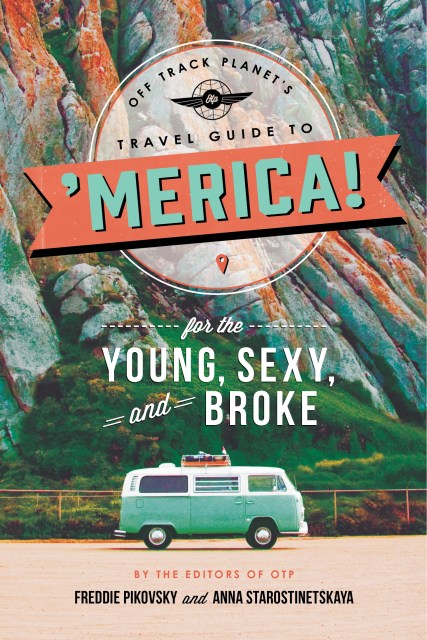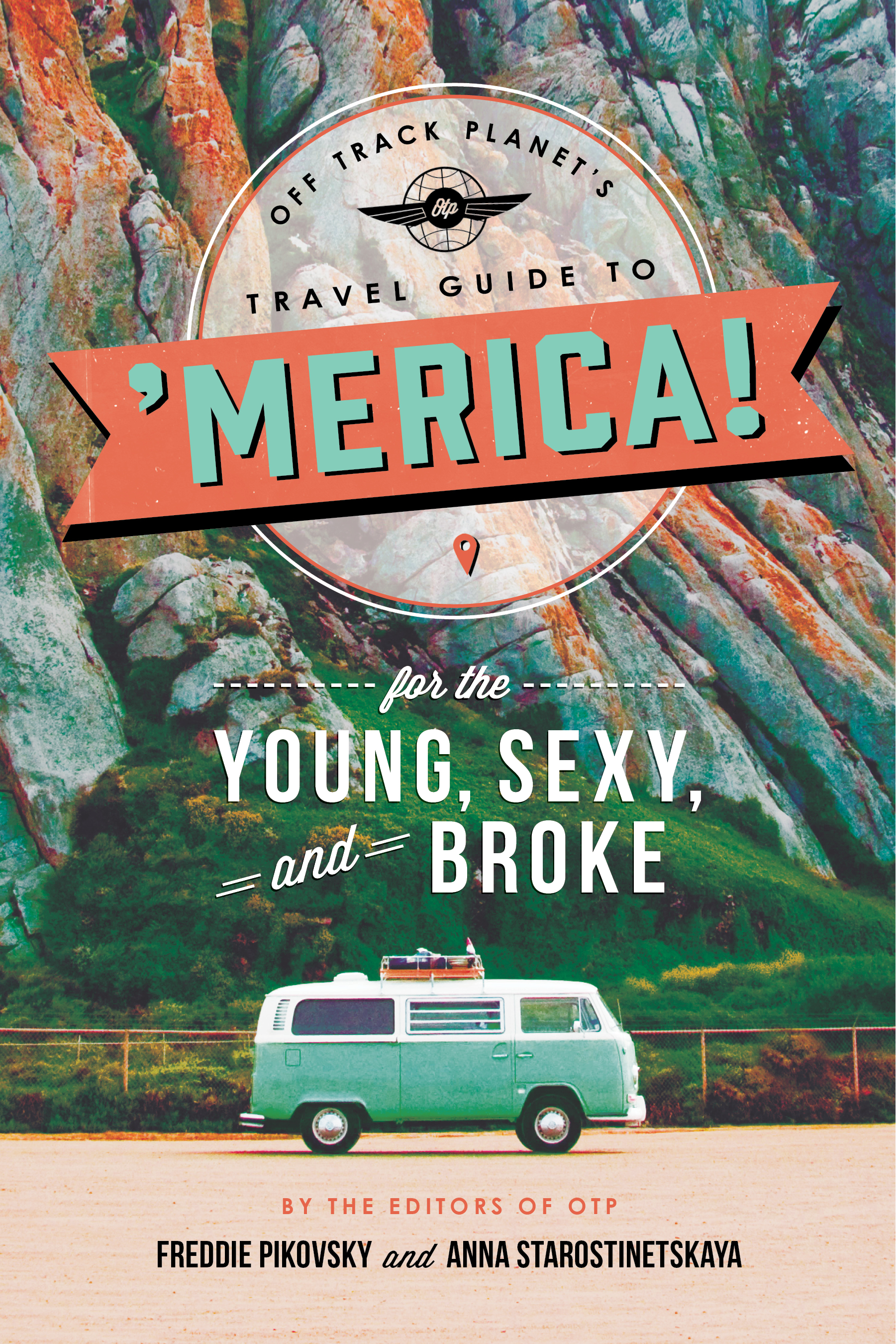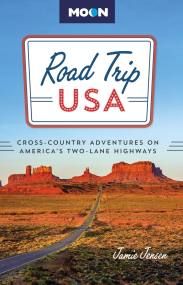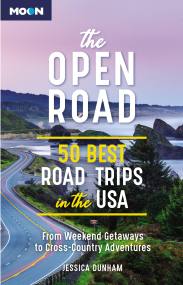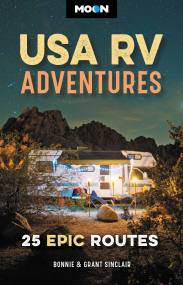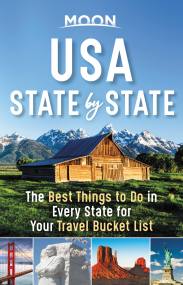Promotion
Use code MOM24 for 20% off site wide + free shipping over $45
Off Track Planet's Travel Guide to 'Merica! for the Young, Sexy, and Broke
Contributors
Formats and Prices
Price
$11.99Price
$15.99 CADFormat
Format:
- ebook $11.99 $15.99 CAD
- Hardcover $17.00 $21.99 CAD
This item is a preorder. Your payment method will be charged immediately, and the product is expected to ship on or around May 10, 2016. This date is subject to change due to shipping delays beyond our control.
Also available from:
This edgy reference book will include information on fashion, climate, health and safety, budgeting, and where to stay, as well as show you how to navigate every mode of transportation from buses to Uber; explore the finest art museums to the most tagged urban beauty; discover bodegas, delis, corner stores, and tasting menus around the country; visit weird landmarks; take cheap must-do tours; and crash anywhere from a hostel to a couch. Complete with pre-departure suggestions, OTP Tips and Fun Facts, as well as illustrated maps and 200+ full-color photos, this comprehensive travel guide is equally as entertaining as it is informative.
Genre:
- On Sale
- May 10, 2016
- Page Count
- 224 pages
- Publisher
- Running Press
- ISBN-13
- 9780762459292
Newsletter Signup
By clicking ‘Sign Up,’ I acknowledge that I have read and agree to Hachette Book Group’s Privacy Policy and Terms of Use
